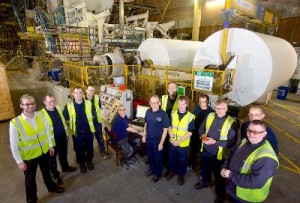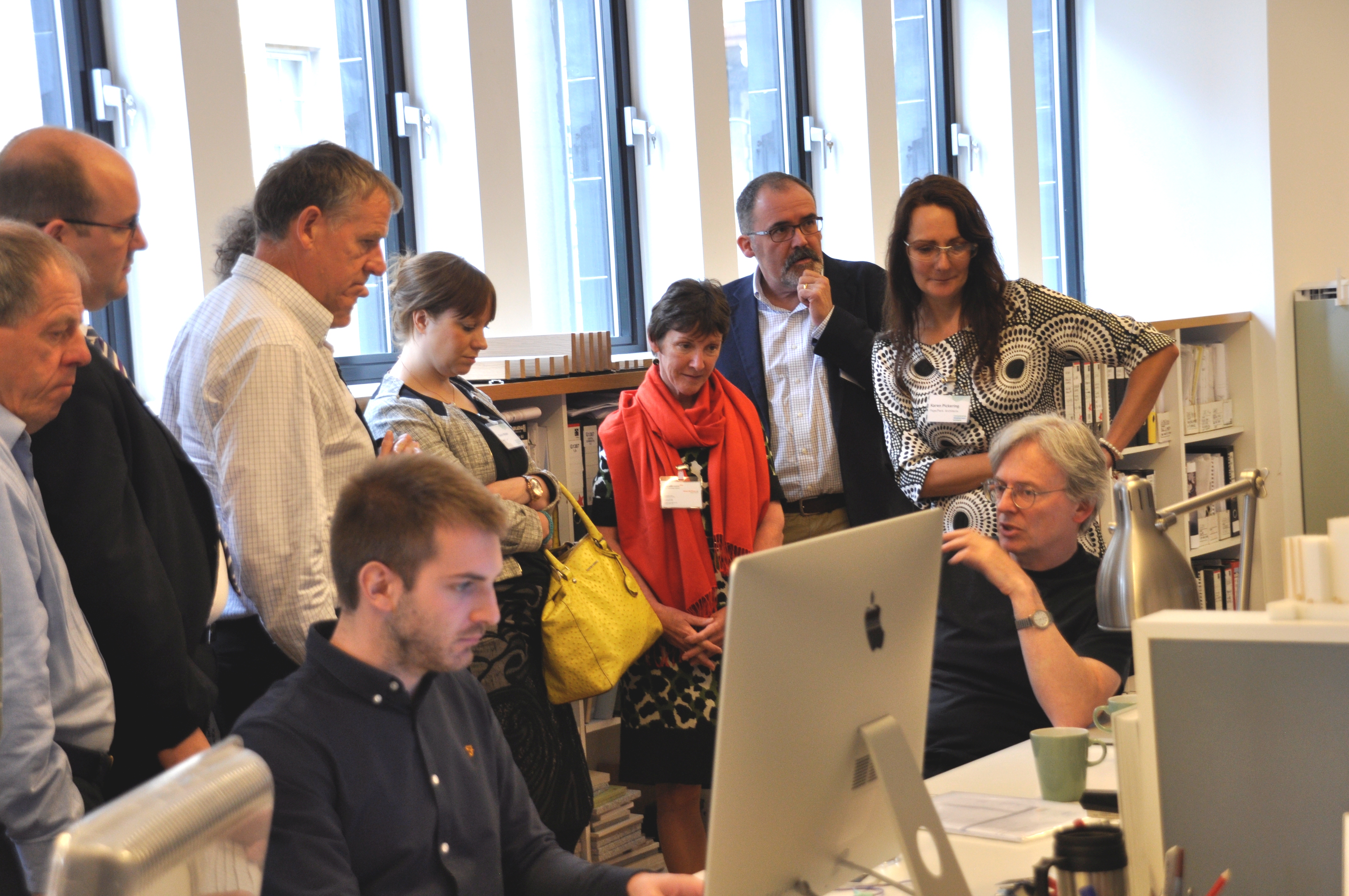 Glasgow-based architecture firm Page\Park hosted the third event in our programme of Successful Succession Seminars on Friday, July 4 – Employee Ownership Day.
Glasgow-based architecture firm Page\Park hosted the third event in our programme of Successful Succession Seminars on Friday, July 4 – Employee Ownership Day.
Here, Page\Park employee owners David Page, Brian Park, Karen Pickering and Eilidh Henderson give their views on how employee ownership has impacted on the company.
Brian Park, founding partner: “There are three principles central to everything we do: creativity, integrity and making a difference. That’s what Page\Park is about. A sale to a larger firm might have compromised that. An important benefit of the move to employee ownership is that the Page\Park brand is protected for the long term.”
David Page was part of the transition team who met regularly throughout the business transfer process. “We invested a lot of time in the transition to employee ownership, and it was time well spent. “We believe we were investing in our future. The founders had to wean themselves away from ownership and control, and the employees had to learn more about the business aspects of the company.
“We devised a structure where all employees get involved in at least three business areas as well as their architectural projects. This means that we have a greater understanding of the business as a whole and are not solely focused on our own projects.”
Karen Pickering has been an employee of Page\Park for 22 years. Karen described how the business operates differently now all employees are owners. “Under the old partnership structure, there was a tremendous pressure on the founders to make the business work; to ensure the books balance, the order book full, we have enough resource to manage our projects.
“Now that we all own the business, the responsibility is shared. We are all much more mindful of costs than we were before and we all know how important it is to win new business.”
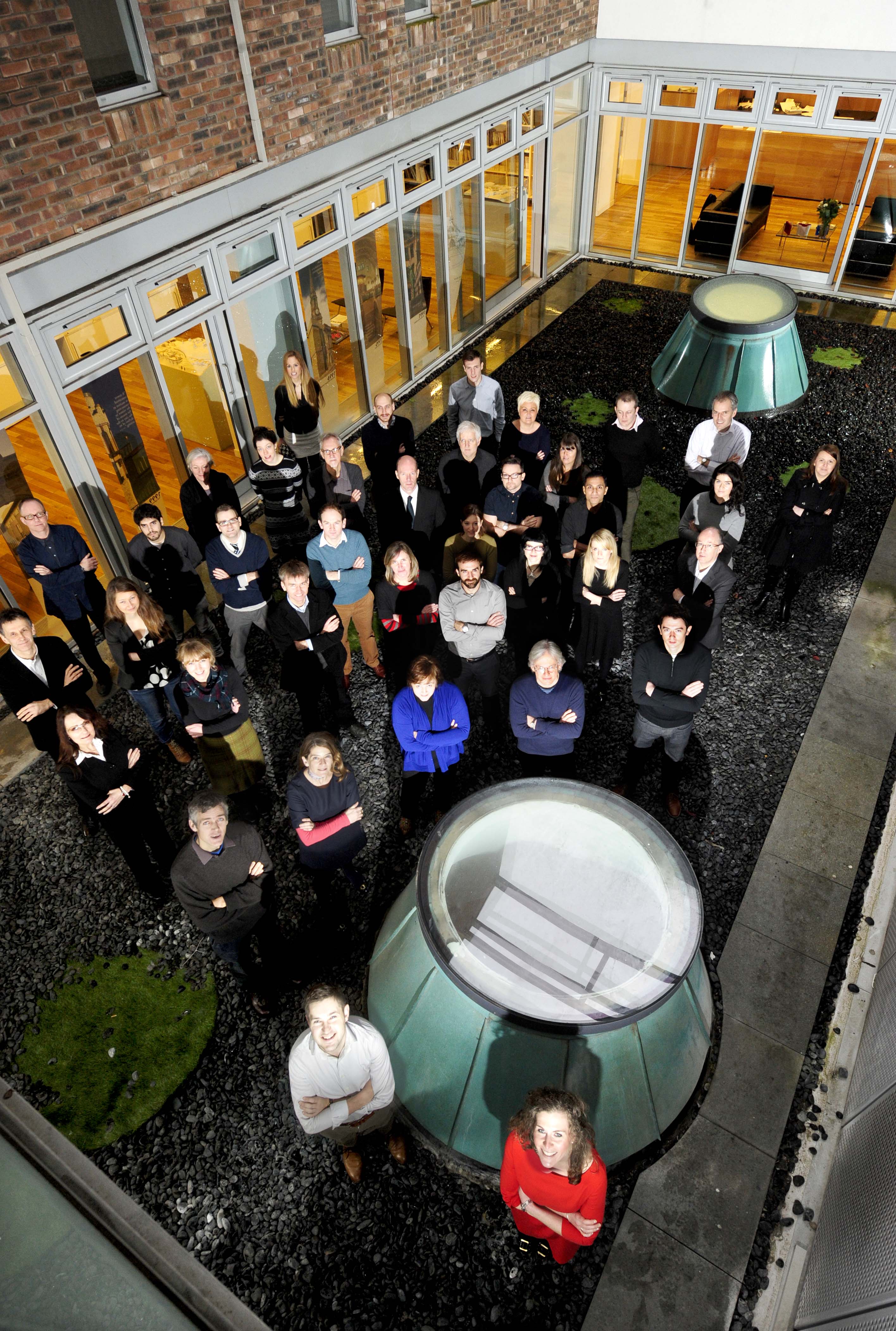 “We operate with a flat structure and match each job to people’s talents and interests,” says Eilidh, an employee of 11 years. “It’s quite usual for junior staff to attend high level meetings; there is no top or bottom, we are all in it together.
“We operate with a flat structure and match each job to people’s talents and interests,” says Eilidh, an employee of 11 years. “It’s quite usual for junior staff to attend high level meetings; there is no top or bottom, we are all in it together.
“This works for us. We have no need to advertise for recruits. And once people join, they stay. This is a great place to work.”
The profession agrees – Page\Park was awarded best employer in the AJ 100 Awards, the architectural sector’s Oscars. The move to employee ownership is about much more than a change in legal structure for the employees of Page\Park.
Eilidh is convinced the model fits with the firm. “There is a strong sense we are creating something quite powerful and dynamic.” Karen agrees. “Now we are employee-owned, we are architects of our own destiny.”
 Today, July 4, is Employee Ownership Day – an opportunity for companies that have chosen this model to celebrate their success and spread the word about its benefits.
Today, July 4, is Employee Ownership Day – an opportunity for companies that have chosen this model to celebrate their success and spread the word about its benefits.
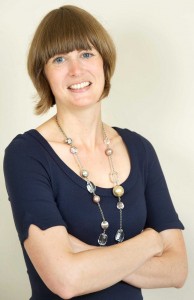 Bees, thumbs up and visual minutes made for a different conference experience at this year’s Co-operative Congress.
Bees, thumbs up and visual minutes made for a different conference experience at this year’s Co-operative Congress.
 This week marked the inaugural meeting of the Employee Ownership Association Network Scotland, with representatives of employee-owned businesses discussing how they can work together.
This week marked the inaugural meeting of the Employee Ownership Association Network Scotland, with representatives of employee-owned businesses discussing how they can work together.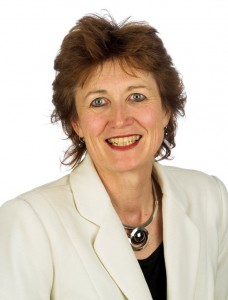 This week sees representatives of employee-owned businesses and other parties gather at Tullis Russell for the first-ever Employee Ownership Association Network Scotland, part of a national rollout by the EOA.
This week sees representatives of employee-owned businesses and other parties gather at Tullis Russell for the first-ever Employee Ownership Association Network Scotland, part of a national rollout by the EOA.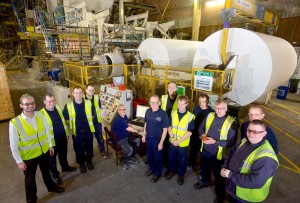
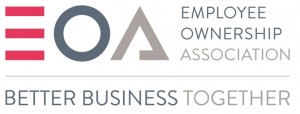
 Earlier this week, we heard from a business owner on his thoughts about employee ownership after visiting most recent “What’s Next” event at Aquascot.
Earlier this week, we heard from a business owner on his thoughts about employee ownership after visiting most recent “What’s Next” event at Aquascot. 

 Leaders from across Europe came together recently in Brussels to discuss all aspects of co-operative development, including how to engage with young people looking to collaborate in business.
Leaders from across Europe came together recently in Brussels to discuss all aspects of co-operative development, including how to engage with young people looking to collaborate in business.

 The first of five CDS
The first of five CDS 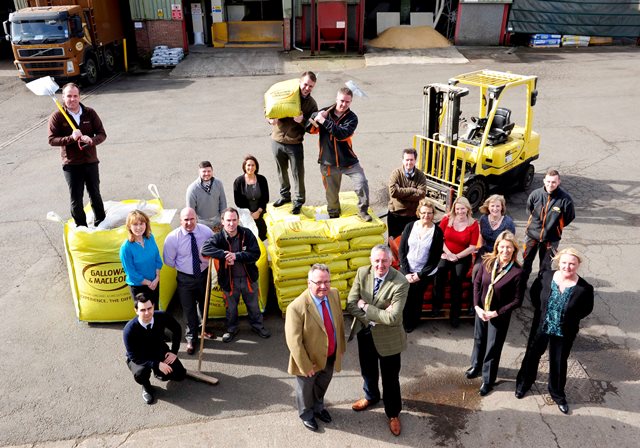
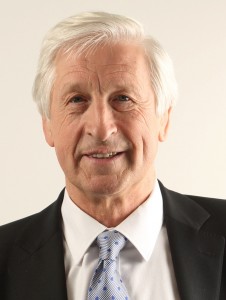 In 2012, industrial textile manufacturer Scott & Fyfe – a fourth-generation family business – made the transition to employee ownership (EO).
In 2012, industrial textile manufacturer Scott & Fyfe – a fourth-generation family business – made the transition to employee ownership (EO).





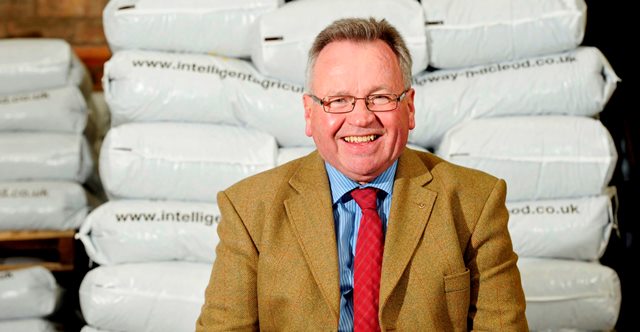
 Last week we hosted the first of our
Last week we hosted the first of our 

 At the most recent CDS Advisory Board meeting, some of Scotland’s key industry figures gathered to discuss how ‘stakeholder banks’ can be the ideal solution for co-operatives looking to raise capital.
At the most recent CDS Advisory Board meeting, some of Scotland’s key industry figures gathered to discuss how ‘stakeholder banks’ can be the ideal solution for co-operatives looking to raise capital. 




 It’s been a busy few weeks for handmade rug manufacturers
It’s been a busy few weeks for handmade rug manufacturers 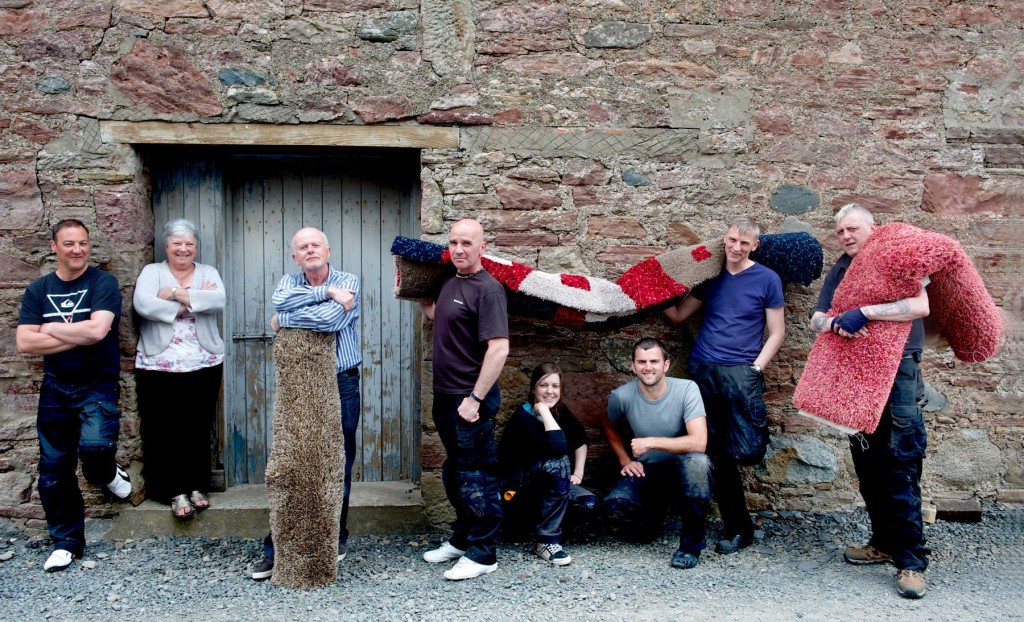
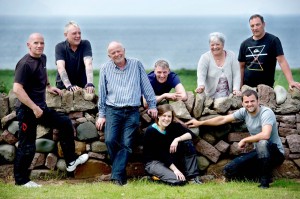

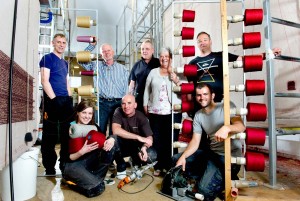
 Co-operative Development Scotland’s
Co-operative Development Scotland’s